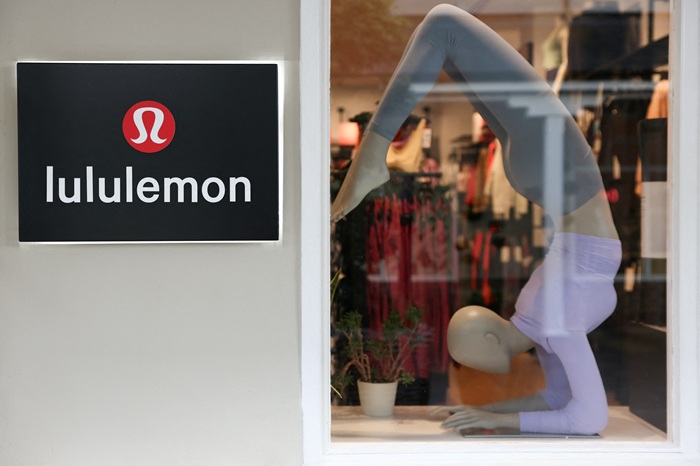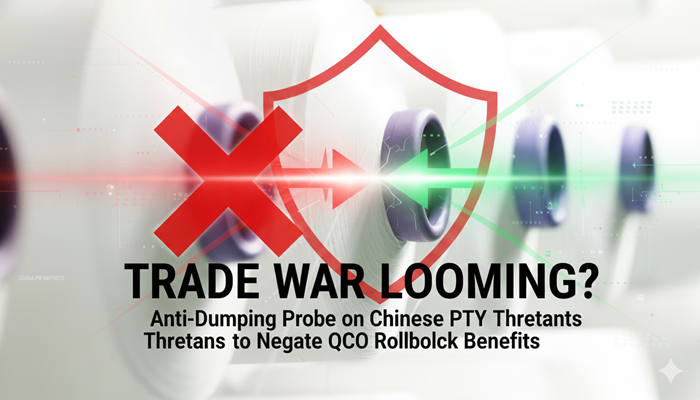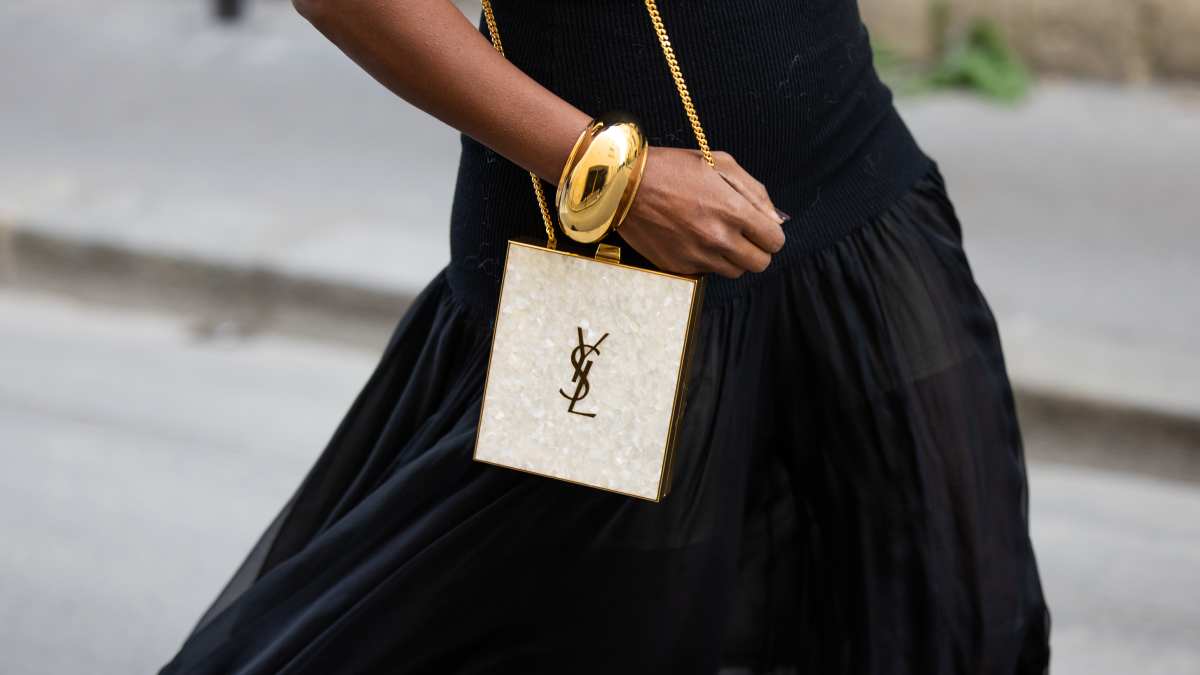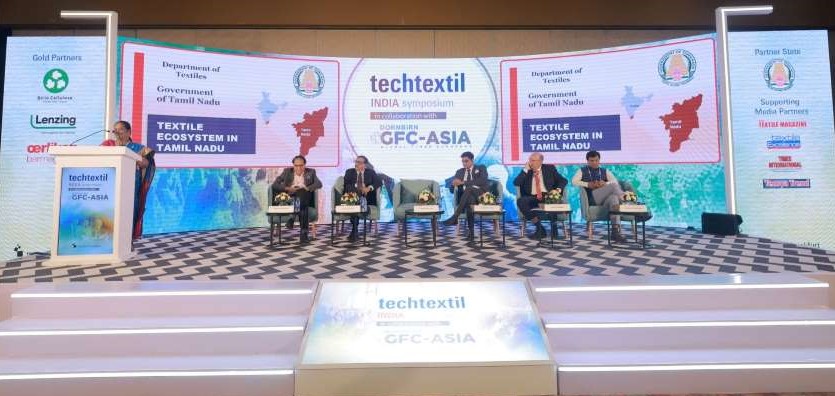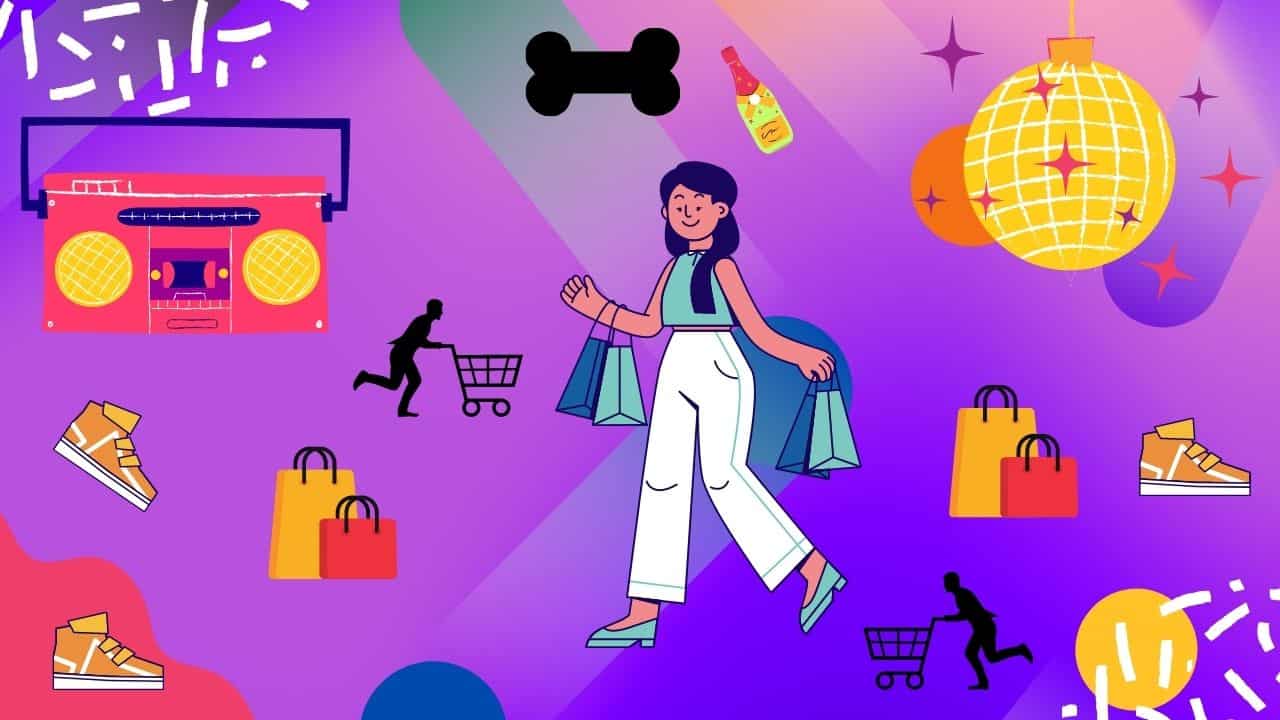
The secondhand wholesale sector, once seen as the back end of fashion, is now leading a quiet revolution, one that blends sustainability, technology, and profit. A new white paper, ‘The Financial Impact of Upcycling and Value-Added Services on Secondhand Wholesalers in 2025’, reveals how upcycling has turned this once low-margin industry into one of fashion’s most profitable and purpose-driven frontiers.
From scrap to status symbol
The single most striking insight from the study is the margin transformation of wholesalers who have shifted from mere resale to value-added upcycling. Upcycling, the art of converting discarded garments into higher-value pieces is proving to be a game-changer. Wholesalers who previously operated on slim 10-20 per cent margins are now seeing returns as high as 45 per cent, driven by the consumer’s appetite for authenticity and environmental consciousness.
Table: Comparative Margins in Secondhand Wholesale Operations (2025)
|
Operation type |
Typical gross margin (estimated) |
Retail markup (upcycled vs. secondhand) |
|
Standard Bulk Wholesale |
10-20% |
N/A |
|
Upcycled Product Lines |
30-45% |
2.5-4x Higher |
The table highlights the fundamental economic shift in the secondhand value chain. Upcycled lines not only double gross margins but also command a retail markup up to four times higher than basic resale goods. This shift reflects a new consumer mindset where uniqueness, craftsmanship, and sustainability justify luxury pricing. Younger demographics particularly Gen Z and Millennials are driving this change. They view upcycled products not as ‘used’ but as ‘reinvented’. Their willingness to pay more for sustainability-aligned, one-of-a-kind pieces has positioned upcycled fashion as the new expression of conscious luxury.
The new luxury blueprint
The success of upcycling isn’t just a story of creative re-engineering; it’s a story of strategic collaboration. Wholesalers with technical expertise in sorting and remanufacturing have become essential partners for major fashion brands grappling with Extended Producer Responsibility (EPR) mandates. A landmark example is the Bank & Vogue-Tapestry partnership, where post-consumer denim was transformed into the Coach Signature Denim Soho Bag.
The collection, made from reclaimed jeans, sold out multiple times not just because of its design, but because of its story. It symbolized how purpose can be profitable, merging circular design with brand prestige. “Bank & Vogue’s collaboration with Tapestry to upcycle post-consumer denim into the Coach Signature Denim Soho Bag remains a landmark case—selling out multiple times and demonstrating that upcycled luxury can combine profit with purpose.”
Such partnerships mark the institutionalization of upcycling within mainstream fashion. For brands, they offer compliance and narrative capital. For wholesalers, they unlock access to premium brand ecosystems and international markets turning sustainability from a cost into a competitive advantage.
Efficiency meets creativity with AI
Upcycling’s primary challenge lies in its labor intensity. Skilled artisans designers, cutters, and sewing specialists now account for 30-40 per cent of total production costs in upcycling operations. However, AI and automation are rapidly changing that equation. AI-powered textile sorting systems are enabling wholesalers to automatically identify fabrics suitable for reuse, improving precision and reducing manual handling. Similarly, robotic cutting machines are standardizing repetitive tasks while minimizing material waste.
Early adopters report 20 per cent labor savings and substantial reductions in error rates. These efficiencies are turning small, fragmented workshops into scalable production ecosystems. The data highlights a dual imperative:
upcycling is both an art and a process industry. Wholesalers who integrate AI-driven sorting, automated repair, and digital workflow tools will achieve sustainable scalability. The winners in 2025 will be those who can balance creativity with throughput turning fashion waste into a repeatable, profitable system.
Transparency Is the new loyalty
In a market where sustainability has become table stakes, transparency is now the true differentiator. Surveys reveal that 70 per cent of global consumers factor in environmental impact before making fashion purchases. Wholesalers are responding by embedding digital product passports and blockchain-based traceability into their operations. These tools allow consumers to see each garment’s lifecycle, from raw textile to upcycled product and track its carbon footprint and production story.
Transparency thus has become an emotional anchor for modern consumers. It transforms secondhand products into traceable, storied items that reflect ethical pride. This digital trust loop proof of origin, impact, and transformation fosters loyalty and enables premium pricing across platforms. The hybrid model of 2025
The white paper concludes that the most resilient business model is a hybrid structure combining bulk resale for volume with upcycled collections for value. This diversified approach cushions wholesalers against market volatility while aligning them with multiple revenue channels from luxury collaborations to online sustainability marketplaces. Diversification mitigates dependence on single buyer segments. It allows wholesalers to operate across the entire value spectrum of the circular economy from low-margin, high-turnover bulk trade to high-margin, branded upcycle partnerships.
The secondhand wholesale sector is no longer the endpoint of fashion it’s the beginning of regeneration. By merging technology, artistry, and ethical enterprise, upcycling has rewritten what luxury means in 2025. Where once wholesalers dealt in discarded fabrics they now deal in cultural capital a fusion of sustainability and storytelling that’s profitable, premium, and profoundly transformative.

